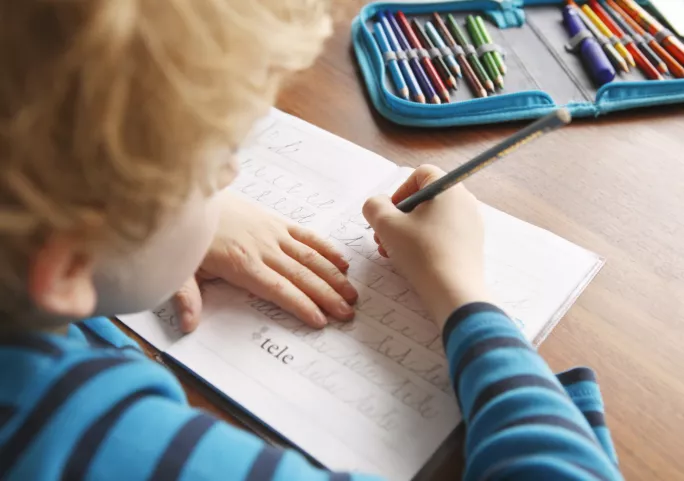Not since John F Kennedy’s “Ich bin ein Berliner” blunder, when he declared to German speakers that he was a doughnut, has the world taken such a collective gasp over a language error.
When Donald Trump recently confused Wales and whales in a tweet, the reaction was extraordinary: a sea of memes washed over the internet, featuring sea creatures in crowns and the Welsh dragon replaced with a red whale.
While we may - naively, perhaps - expect greater accuracy from a president, we have to admit that homophones can be confusing for our students.
Quick read: Sats: why etymology boosts vocabulary and spelling
Quick listen: Should WhatsApp be used to teach writing?
Want to know more? Why reading along can cause cognitive overload
The short ones are the trickiest. Consider “there”, “their” and “they’re”; in British English, the three sound identical. Each relies on swift processing of lexical and grammatical context (location, possession or contraction).
And because these homophones are monosyllabic, there are no syllables to help us to structure the appropriate letters in different parts of the word, forcing us to recycle (mostly) the same letters in slightly different sequences. Harder than it seems.
So, what’s the answer for teaching homophones? Repeated multi-sensory learning can help, using techniques such as:
Say it, write it, hear it and see it
Get your pupils ghost-writing (eyes closed, on to small whiteboards, aiming to be legible), air writing or arm tracing (pupils trace the word with a finger on to their forearm for speed, feeling the letter shapes as they go).
At home, encourage pupils to write their spelling words into shaving foam and on to paintbags (freezer bags filled with paint); this will bring enjoyment, unlike more mechanical look, cover, write, check approaches.
Foldovers
You can use foldovers to help your pupils understand contractions more clearly: write the full, uncontracted phrase (“they are”, for example) on a large paper strip, then fold it, causing the relevant letters to disappear. The fold is where the apostrophe goes. Pupils love making their own foldovers in pairs and get to understand apostrophes for contraction in a wide range of words while they are at it.
Mnemonics
Use words or pictures as mnemonics, but make them simple and meaningful (otherwise you may give pupils an additional learning burden). Lidia Stanton’s 200 Tricky Spellings in Cartoons offers a wealth of visuals at all levels, like a tuna in the middle of fortunate and medieval with an image of the grim reaper with a scythe.
Cut up and rebuild
Get pupils to cut up and mix the letters of a printed word, and then reform them as fast as they can. Low on scissors? Write the jumbled letters on the board (in a circle to support weaker learners) and get pupils to try out the possibilities on a small whiteboard.
Play up pronunciation
Pronounce “wh” words “hw” like Scots and emphasise the “r” in words like an American (which is effective for final “r” sounds, as in “consider”). The same exaggerated pronunciation approach also works well with more difficult spellings like island (“is-land”).
Perhaps we should take a leaf out of Donald Trump’s book, on this occasion anyway, and give the common homophone the attention it deserves.
For our students, it is worth it. After all, as the president’s official inauguration poster declared: “No challenge is to great”.
Liz Hawker is a parent, teacher, specialist assessor and linguist





